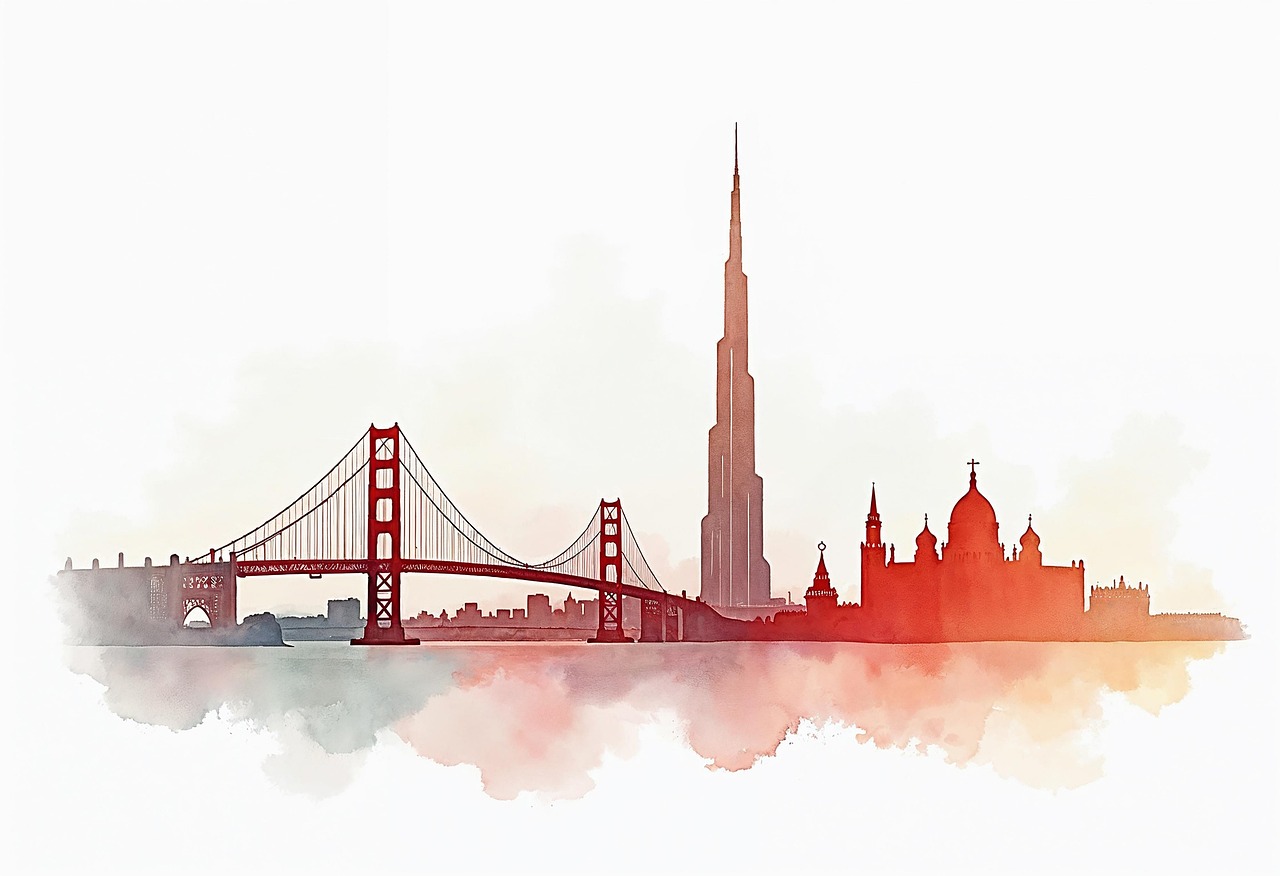
Analyzing the Impact of Current Events: How News Shapes Our World
In today’s interconnected society, the continuous flow of news plays a pivotal role in shaping opinions, driving economic and political agendas, and influencing cultural dynamics. The impact of current events is profound, affecting not only the immediate communities involved but echoing across the globe. This blog post delves into the multifaceted ways news shapes our world, examining the mechanisms through which it operates and its broader implications on society.
The Role of News in Shaping Public Opinion
News media has always been a powerful tool for shaping public opinion. From the early days of print journalism to the digital news landscape, how stories are reported and presented to the public significantly influences perception. The framing of news stories often determines the public’s understanding of events. For example, the portrayal of climate change varies significantly across different outlets, influencing public opinion on environmental policies.
Moreover, the choice of language and imagery can evoke emotional responses, leading to a polarized audience. News outlets often cater to specific demographics, creating echo chambers where individuals are exposed to information that reinforces their existing beliefs. This segmentation can deepen societal divides, as people increasingly rely on sources that align with their worldviews.

News as a Catalyst for Social Change
Beyond shaping opinions, news serves as a catalyst for social change. Investigative journalism, for instance, has been instrumental in uncovering injustices, prompting public outcry and policy reform. The International Consortium of Investigative Journalists (ICIJ) exemplifies this role, having exposed numerous global scandals and corruption cases.
Social movements often gain momentum through media coverage. The widespread reporting of events like the #MeToo movement or Black Lives Matter has propelled these issues into the global spotlight, leading to significant cultural and legislative shifts. The ability of news to bring attention to marginalized voices is a powerful tool for advocacy and reform.
The Economic Impact of News
News also plays a significant role in the economy. Financial markets are highly sensitive to news, with trading decisions often influenced by the latest headlines. Economic indicators, trade agreements, and geopolitical events reported in the media can swing markets dramatically. For instance, the coverage of trade tensions between major economies can lead to investor anxiety and market volatility.
Moreover, the media industry itself is a significant economic player. The rise of digital media has transformed traditional business models, prompting both challenges and opportunities for news organizations. While digital platforms have democratized information dissemination, they have also led to concerns about the sustainability of quality journalism in the face of declining revenues from traditional advertising models.
The Influence of News on Politics

Political landscapes are heavily influenced by the news. Media coverage can make or break political careers, as public figures often rise or fall in response to media narratives. Political campaigns strategically use media to reach voters, with news coverage often swaying public sentiment during elections.
Moreover, the phenomenon of “fake news” has introduced complexities in the political arena. The spread of misinformation can distort public perception and influence electoral outcomes. Efforts to combat misinformation, such as fact-checking initiatives by organizations like Snopes, are crucial in maintaining the integrity of democratic processes.
Cultural Dynamics and News
News not only informs but also reflects cultural dynamics. It serves as a mirror to societal values, highlighting issues deemed significant by the community. The representation of cultural and social issues in the media can lead to greater awareness and understanding, fostering inclusivity and diversity.
However, media representation can also perpetuate stereotypes and cultural biases. The way different cultures and communities are portrayed in the news can influence public perception, either reinforcing prejudices or challenging them. The portrayal of global events requires sensitivity and a balanced approach to avoid cultural misinterpretations.
The Challenges of the Digital News Era
The digital era has transformed how news is consumed. The immediacy of online news allows for real-time updates, but it also presents challenges such as information overload and the proliferation of unreliable sources. The rise of social media platforms as news sources has blurred the lines between professional journalism and user-generated content.

The challenge lies in ensuring the credibility and accuracy of news amidst the cacophony of information. Initiatives like the International Fact-Checking Network aim to uphold journalistic standards, but the responsibility also falls on consumers to critically evaluate their news sources.
Conclusion: The Ever-Evolving Landscape of News
The impact of current events on our world is undeniable, with news serving as the conduit through which these effects are felt. As we navigate an increasingly complex media landscape, it is essential to remain informed and critical of the information we consume. The role of news in shaping our perceptions, driving change, and influencing global dynamics will continue to evolve, reflecting the ever-changing world it seeks to cover.
In this era of information abundance, the onus is on both producers and consumers to ensure that news serves as a tool for enlightenment rather than division. By fostering a media environment that prioritizes accuracy, inclusivity, and responsible reporting, we can harness the power of news to positively shape our world.
The Future of News: Navigating Challenges and Opportunities
As we look to the future, the landscape of news continues to face significant challenges and opportunities. One of the most pressing issues is the sustainability of quality journalism in an age dominated by free content and ad-driven revenue models. Many news organizations are exploring alternative business models, such as subscription services, to ensure financial viability while maintaining editorial independence.

The rise of artificial intelligence and automation presents both opportunities and challenges for the news industry. AI can enhance the speed and accuracy of reporting, but it also raises ethical concerns about accountability and the potential loss of jobs in journalism. The integration of technology in newsrooms must be balanced with a commitment to maintaining human oversight and editorial judgment.
Furthermore, the global nature of digital news opens up possibilities for cross-cultural collaboration and a more unified global discourse. News organizations have the opportunity to transcend geographical boundaries, providing audiences with diverse perspectives and a more comprehensive understanding of global issues. This calls for a greater emphasis on partnerships and collaborations among international media outlets.
The Role of Education in Media Literacy
In the face of these changes, media literacy has emerged as a critical skill for navigating the modern news landscape. Education systems worldwide are increasingly recognizing the importance of teaching students how to critically evaluate information, discern credible sources, and understand the influence of media on society. Programs focusing on media literacy empower individuals to become discerning consumers of news, reducing the impact of misinformation and promoting informed civic engagement.
Organizations such as the U.S. Media Literacy Week advocate for incorporating media literacy into educational curricula, ensuring that future generations are equipped to navigate the complexities of the digital information age. By fostering critical thinking and analytical skills, education systems can help build a more informed and engaged citizenry.

Enhancing Diversity and Inclusion in Newsrooms
Diversity and inclusion within newsrooms are essential for accurately representing the multifaceted nature of society. A diverse workforce can bring a variety of perspectives and experiences to the table, enriching news coverage and ensuring that stories resonate with a broader audience. Efforts to diversify newsrooms must go beyond surface-level changes, focusing on creating an inclusive culture where all voices are valued and heard.
Organizations such as the National Association of Black Journalists and similar groups advocate for diversity in journalism, highlighting the importance of representation in shaping narratives and influencing public discourse. By prioritizing diversity and inclusion, the news industry can better reflect the complexities of the societies it serves.
Conclusion: Embracing the Transformative Power of News
The transformative power of news in shaping our world is both a profound responsibility and an unparalleled opportunity. As we move forward, embracing innovation while upholding the core principles of journalism will be crucial in navigating the challenges of the modern media landscape. By fostering a culture of critical engagement, inclusivity, and ethical reporting, the news industry can continue to serve as a catalyst for positive change, informing and inspiring communities around the globe.
Ultimately, the impact of current events and the news that covers them will continue to evolve, reflecting the dynamic nature of our world. By remaining vigilant and proactive, both news producers and consumers can work together to ensure that the news serves as a force for good, shaping a more informed, equitable, and connected global society.







